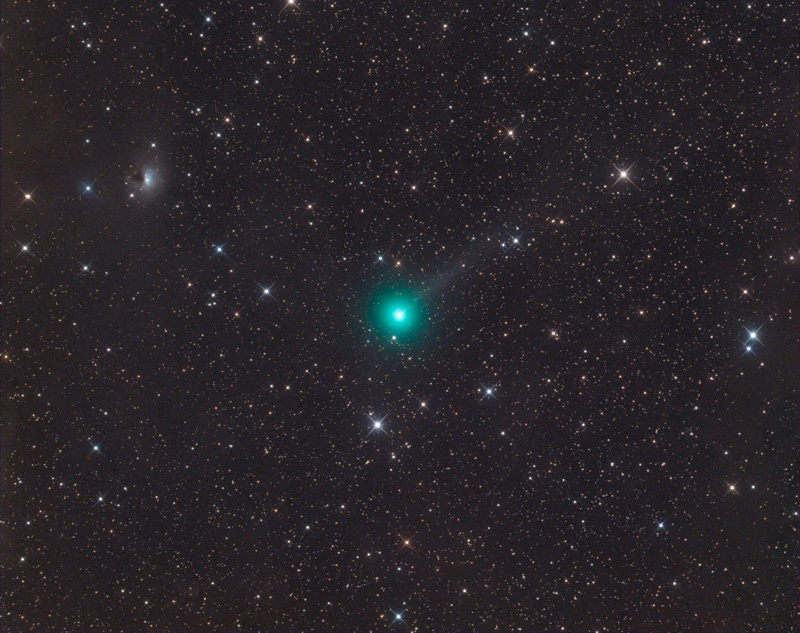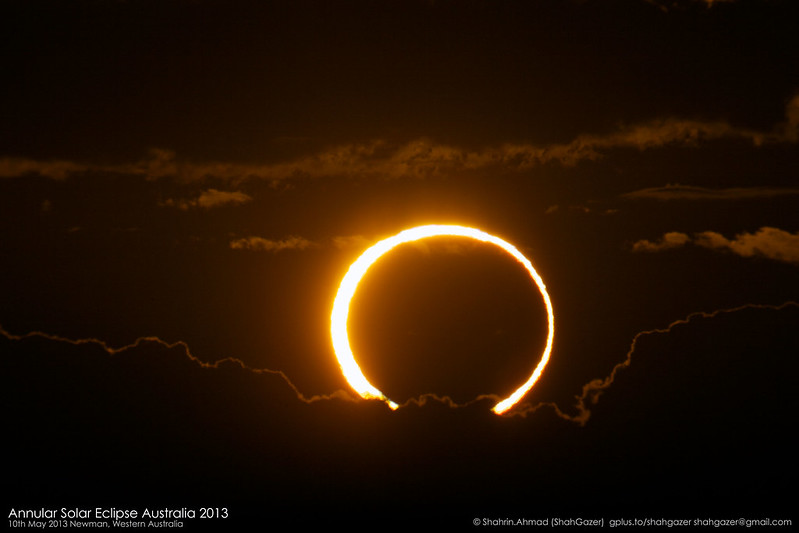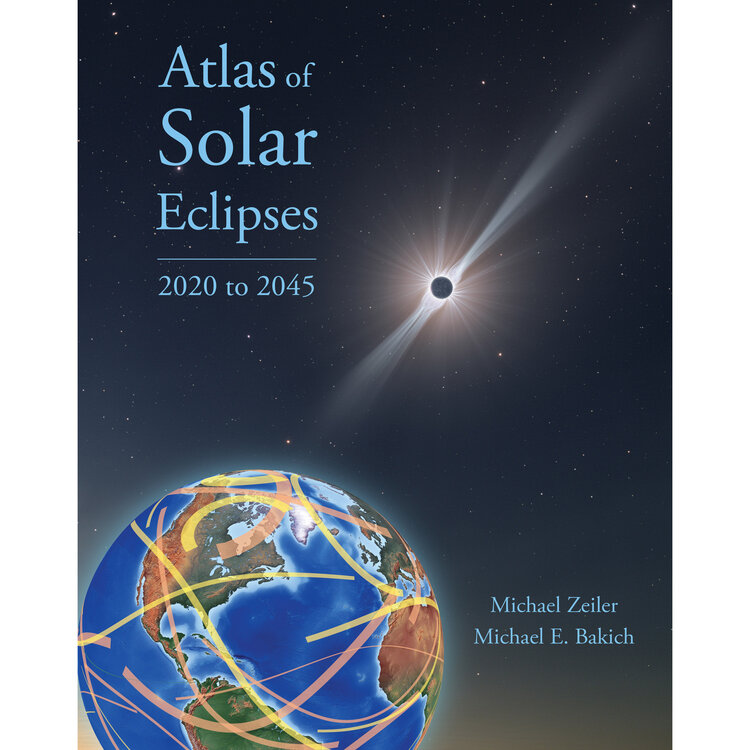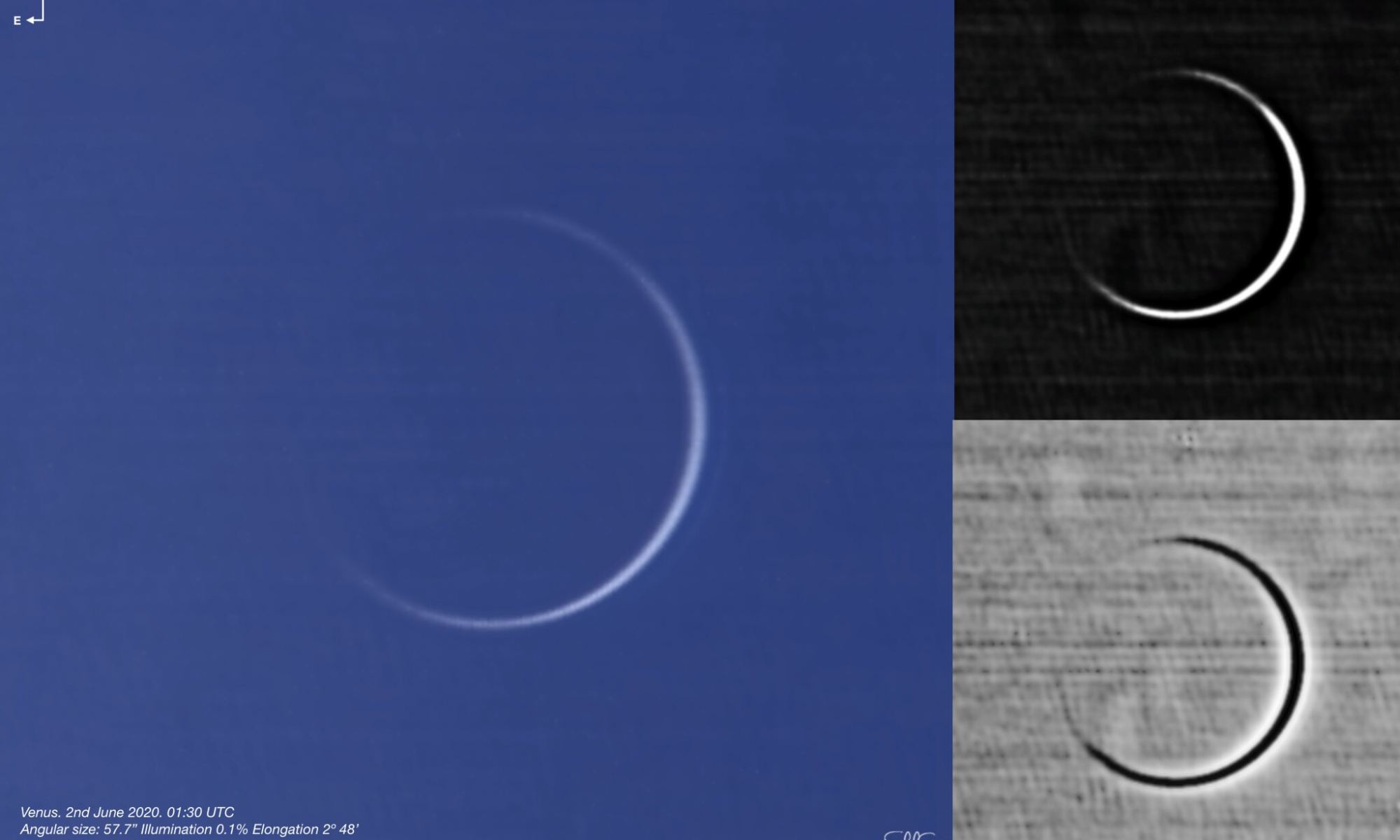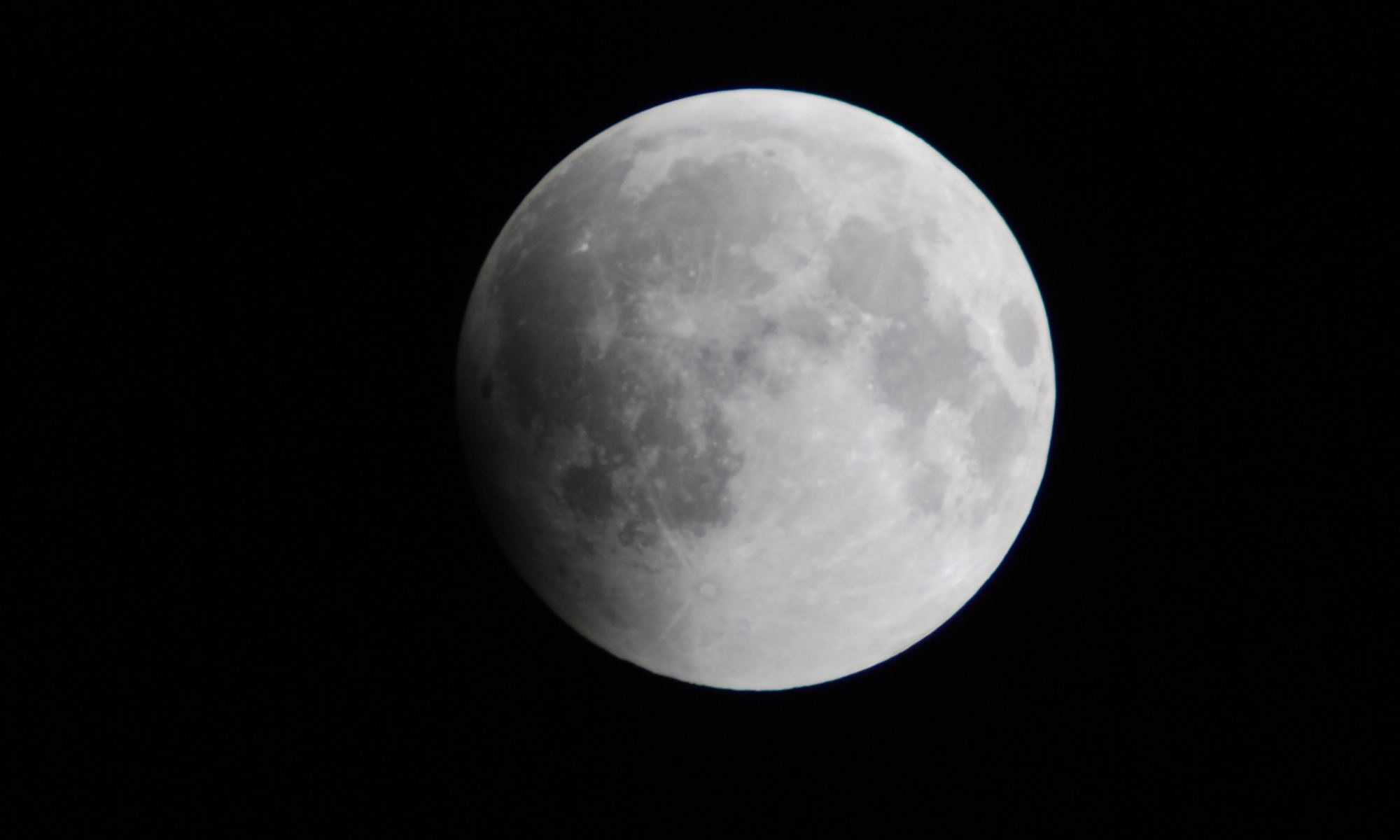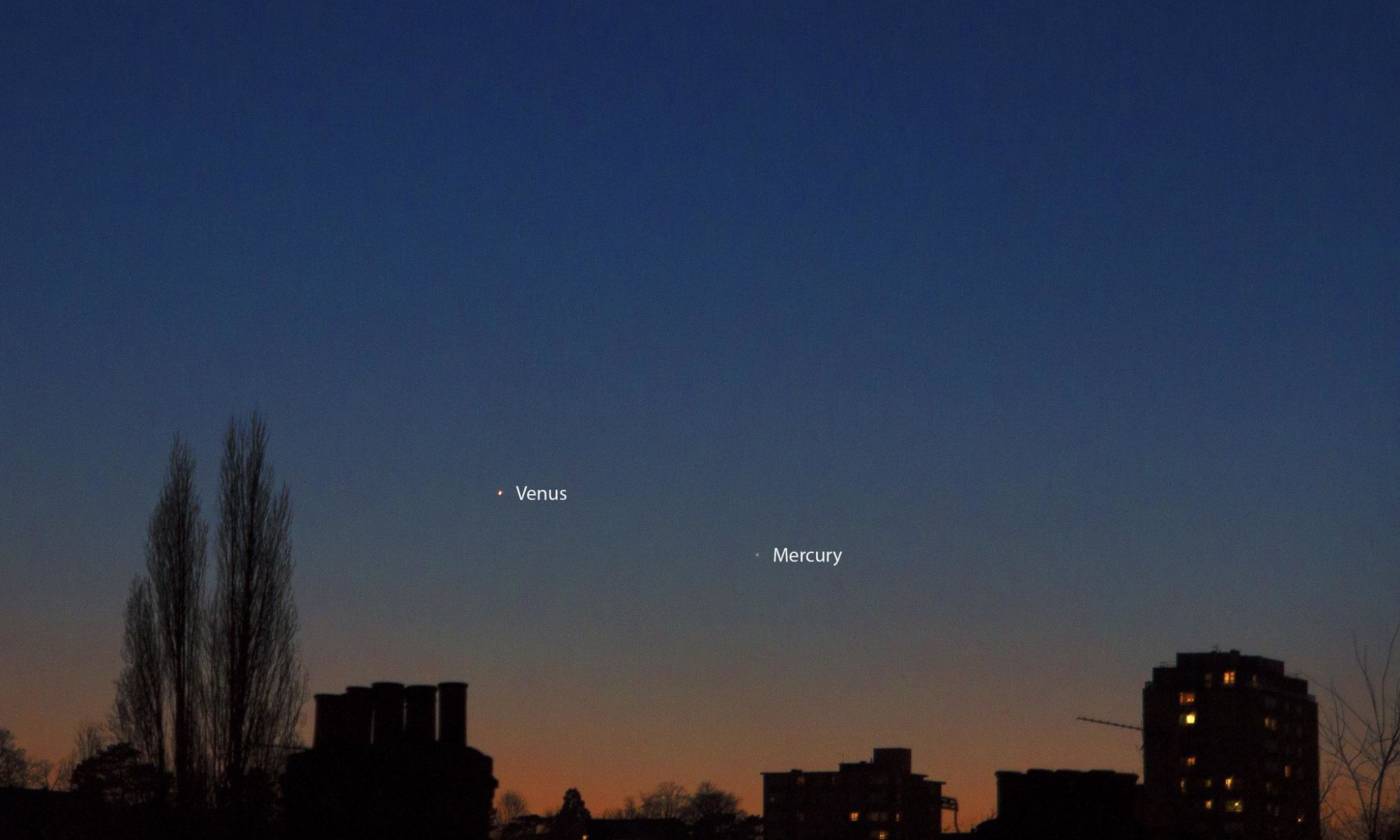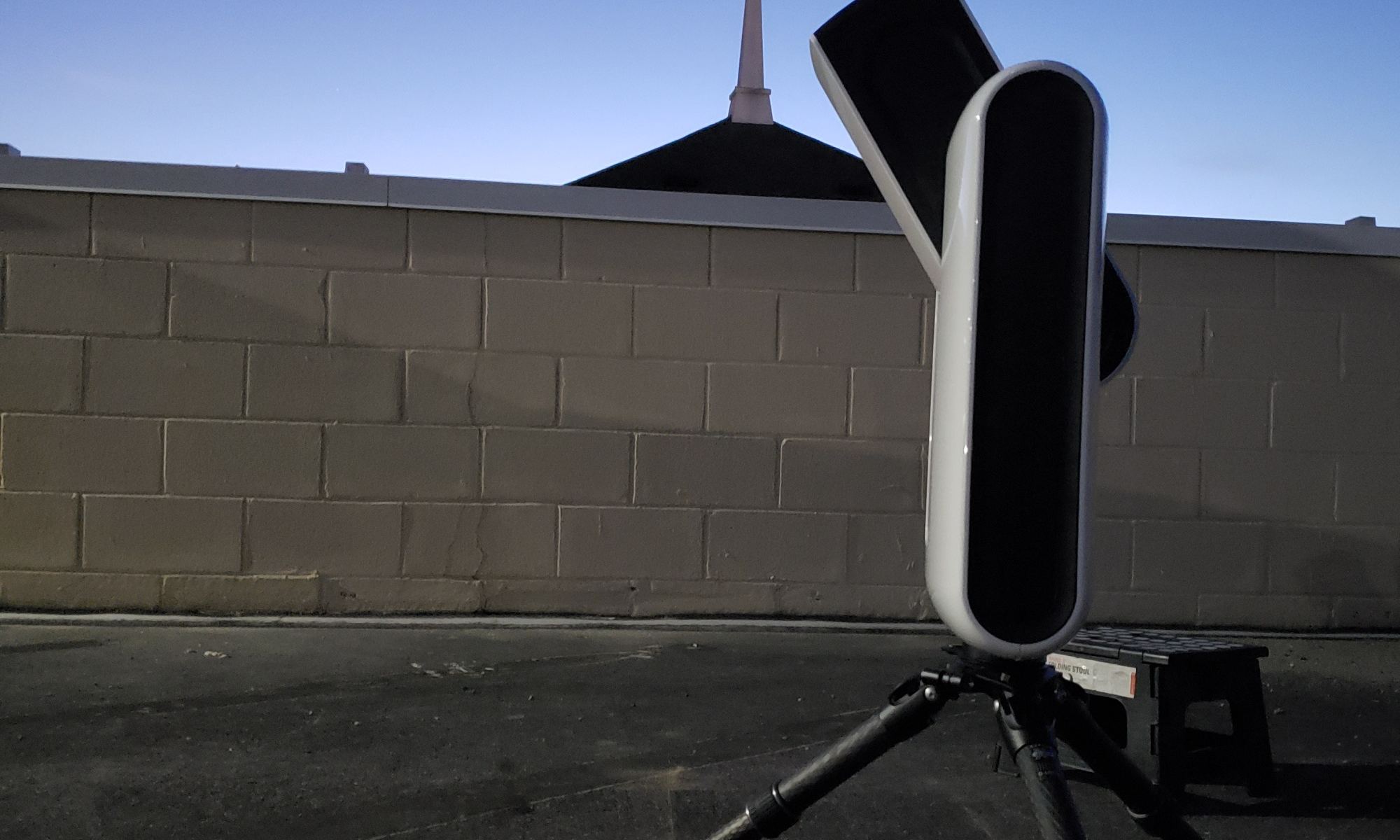Watch for comet C/2020 F3 NEOWISE at dusk in late July… if it survives perihelion.
Update – Friday July 3rd: Comet C/2020 F3 NEOWISE reaches perihelion today at 16:18 UT/12:18 PM EDT. As of writing this, several observers worldwide have recovered the comet at dawn, and it seems to be holding steady at magnitude +0.5. The dawn apparition is, however, a tough catch, as the comet stays very low to the northeast at dawn in early July. We’ve added in a finder chart (below) for this brief dawn apparition; things improve greatly towards mid-July, as the comet shifts over to the dusk sky and heads out away from the Sun. Let’s hope it stays bright, and maybe throws an outburst our way! We’ll continue to post updates on Twitter as @Astroguyz as the celestial situation warrants.
Ready for one more? 2020 has thus far offered up a steady celestial parade of binocular comets, including C/2019 Y1 and Y4 ATLAS, 2017 T2 PanSTARRS, and 2019 U6 Lemmon. Now, we have one more inner solar system interloper from the Oort Cloud with potential: C/2020 F3 NEOWISE.
Continue reading “Comet F3 NEOWISE May Perform in July”
